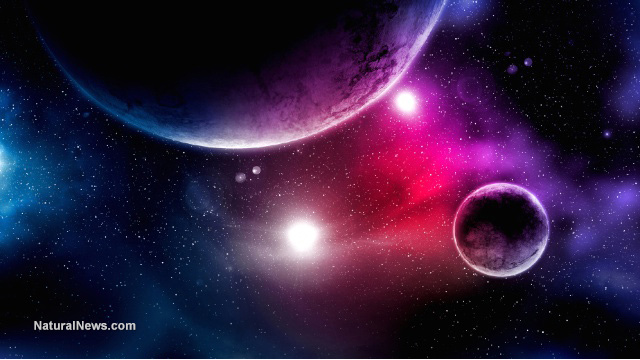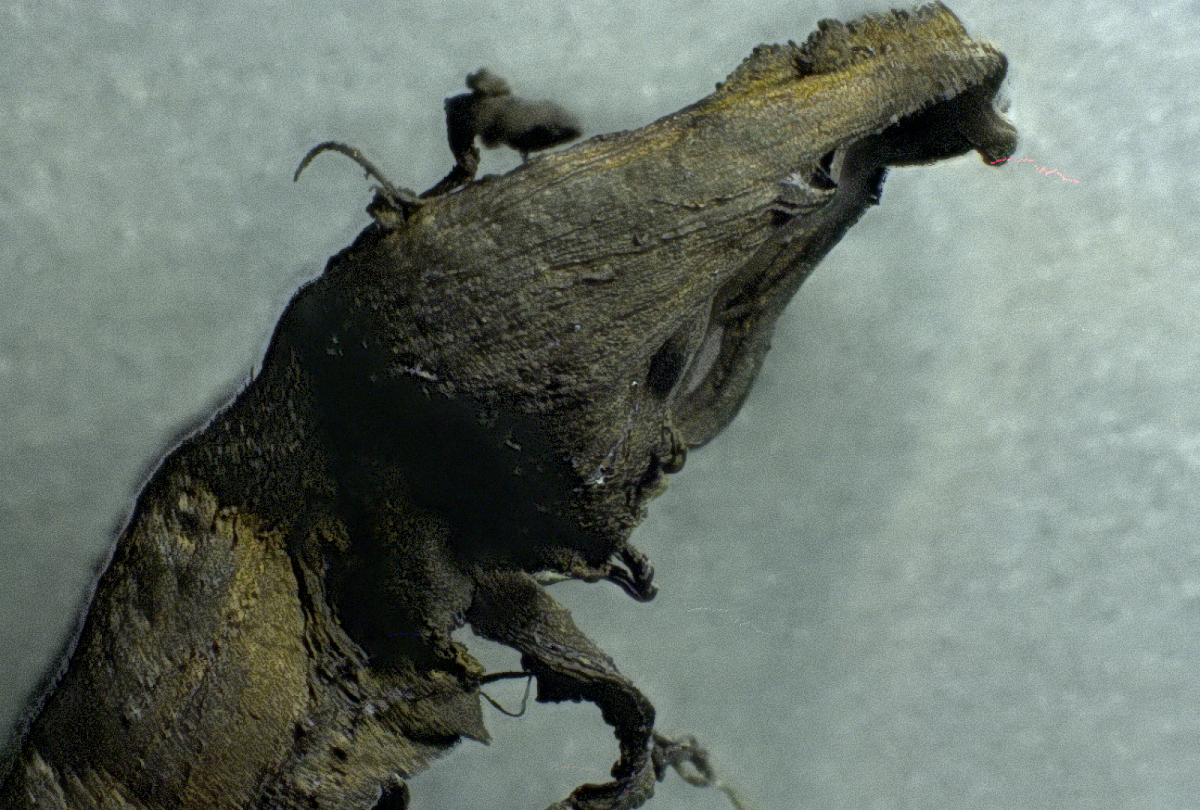Images from NASA show the Moon is brighter than the sun when viewed through a gamma-ray telescope
12/02/2020 / By Virgilio Marin

The moon is glowing much brighter than the sun in recent images released by the National Aeronautics and Space Administration (NASA). The images were taken using NASA’s Fermi Gamma-ray Space Telescope, which is used to observe light in the gamma-ray energy range of the electromagnetic spectrum.
Gamma-rays are the most energetic form of light, and the gamma-ray sky is remarkably different from the one perceived by the naked eye. When space is observed under gamma-ray energies, the moon glows an intense orange hue more luminous than the sun, according to NASA.
Astrophysicists Mario Nicola Mazziotta and Francesco Loparco of Italy’s National Institute of Nuclear Physics compiled the images, which were taken over time through Fermi’s Large Area Telescope. The pair have been studying the moon’s gamma-ray glow to better understand another type of radiation from space: fast-moving charged particles called cosmic rays.
The moon shieldless from cosmic rays
According to Mazziotta, cosmic rays are mostly protons accelerated by some of the most energetic cosmic phenomena, such as supernovas and matter getting sucked into black holes. These particles hit the lunar surface regularly as the moon lacks a magnetic field. This field would otherwise protect the moon by deflecting cosmic rays back to outer space.
When cosmic rays strike the lunar surface, they interact with the substances on the moon, such as regolith, to produce gamma rays. The moon absorbs most of these gamma rays but some of them escape.
Mazziotta and Loparco analyzed Fermi’s lunar observations to track changes in the moon’s gamma-ray glow. The pair scoured the data for gamma rays with energies above 31 million electron volts – more than 10 million times greater than the energy of visible light. Afterward, they organized the data and showed that longer exposure times, ranging from two to 128 months, improved Fermi’s gamma-ray view of the moon.
“Seen at [gamma-ray] energies, the moon would never go through its monthly cycle of phases and would always look full,” said Loparco.
But while the gamma-ray moon doesn’t show a monthly cycle of phases, the data showed that its brightness does change over time, varying by about 20 percent over the sun’s 11-year activity cycle. The sun goes through a cycle where the intensity of its magnetic field fluctuates. This changes the rate of cosmic rays reaching the moon, altering the production of gamma rays.
All told, the data will be useful for NASA’s Artemis mission, which is slated to land the first woman and the next man to the moon in 2024. This data serves as a reminder that NASA will have to find a way of protecting astronauts from cosmic and gamma rays.
Protecting astronauts from space radiation
NASA has a couple of strategies to protect its astronauts from space radiation. One of these is to have the spacefarers build a temporary “shelter” wherever they are in space.
“Our strategy in space is to make use of whatever mass is available,” said Kerry Lee, a scientist at NASA’s Johnson Space Center in Houston. “We’re redistributing mass to fill in areas that are thinly shielded and getting crew members closer to the heavily shielded areas.”
This mass serves as a protective buffer from cosmic particles, filtering the high-energy waves before they hit astronauts. The Artemis crew can take advantage of the lunar environment’s natural shielding materials, such as regolith, to devise a shelter. The challenge is when a blast of cosmic or solar energetic particles hits the crew while aboard the Orion spacecraft, the exploration vehicle that will carry the astronauts. Piling bulky materials is expensive since more mass requires more fuel to launch. (Related: NASA and U.S. Space Force sign memorandum paving the way for ramped-up space efforts.)
Johnson scientists devised a plan for astronauts to build a temporary shelter with existing materials aboard the spacecraft, such as storage units for food and water supplies. If a burst of high-energy particles happens to catch the crew during flight, the astronauts will be safe.
Learn more about the basics of spaceflight at Space.news.
Sources include:
Submit a correction >>
Tagged Under:
Artemis mission, astronauts, cool science, cosmic, cosmic rays, gamma rays, Moon, NASA, research, Space, space exploration, space radiation, space telescope, sun
This article may contain statements that reflect the opinion of the author




















